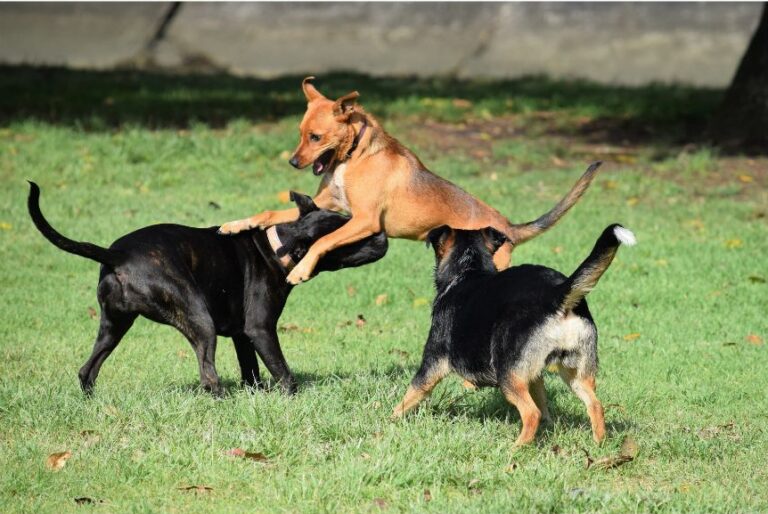
What is socialization?
Socialization is a critical aspect of a dog’s development, shaping their behavior, confidence, and overall well-being. It involves introducing dogs to various people, environments, animals, and experiences in a positive, controlled manner. Proper socialization helps dogs become well-adjusted, reducing the likelihood of fear-based behaviors and aggression. Whether you’re raising a puppy or working with an adult dog, providing consistent social experiences is essential for building a strong foundation of trust and adaptability in different situations.
What socialzation is not…
Socialization is not just:
- Playing with other dogs
- Meeting all the people
- Going to dog parks
- Going to dog friendly businesses
- Greeting other dogs on leash


Socialization is exposure training
Socialization is very deliberate and carefully controlled. It is:
- Exposure to different sights, sounds, smells, and noises
- Exposure to body handling
- Teaching your dog to be neutral around people (including kids) and other dogs
- Maintaining focus in highly distracting environments
- Building positive associations with all of the above!
How to get started with socialization
- Pay careful attention to your dog’s body language. When reading body language, the entire body and context must be taken into account. Please watch this brief video on body language.
- Choose the least stressful exposure possible. Start slow, and build up. If introducing your dog to people, don’t “pass the puppy”. Make sure your dog feels safe. Let your dog approach if he/she wants to, but don’t force anything.
- If your dog shows signs of distress, move away.
- Think of the things that your dog is going to be exposed to throughout his/her life (people, places, noises, holidays, surfaces, animals, automobiles, indoor and outdoor venues, etc.)
- Start from a distance
- Give your dog the choice, and listen when he/she says enough
- Don’t forget the vet and groomer – visit between appointments for fun time
- Pair the very best treats with low level exposure, and if your dog is relaxed, then get closer
- Let your dog decide when it’s time to get closer
- If you need help, talk to your trainer about scheduling a few extra sessions where we can go out and about together
